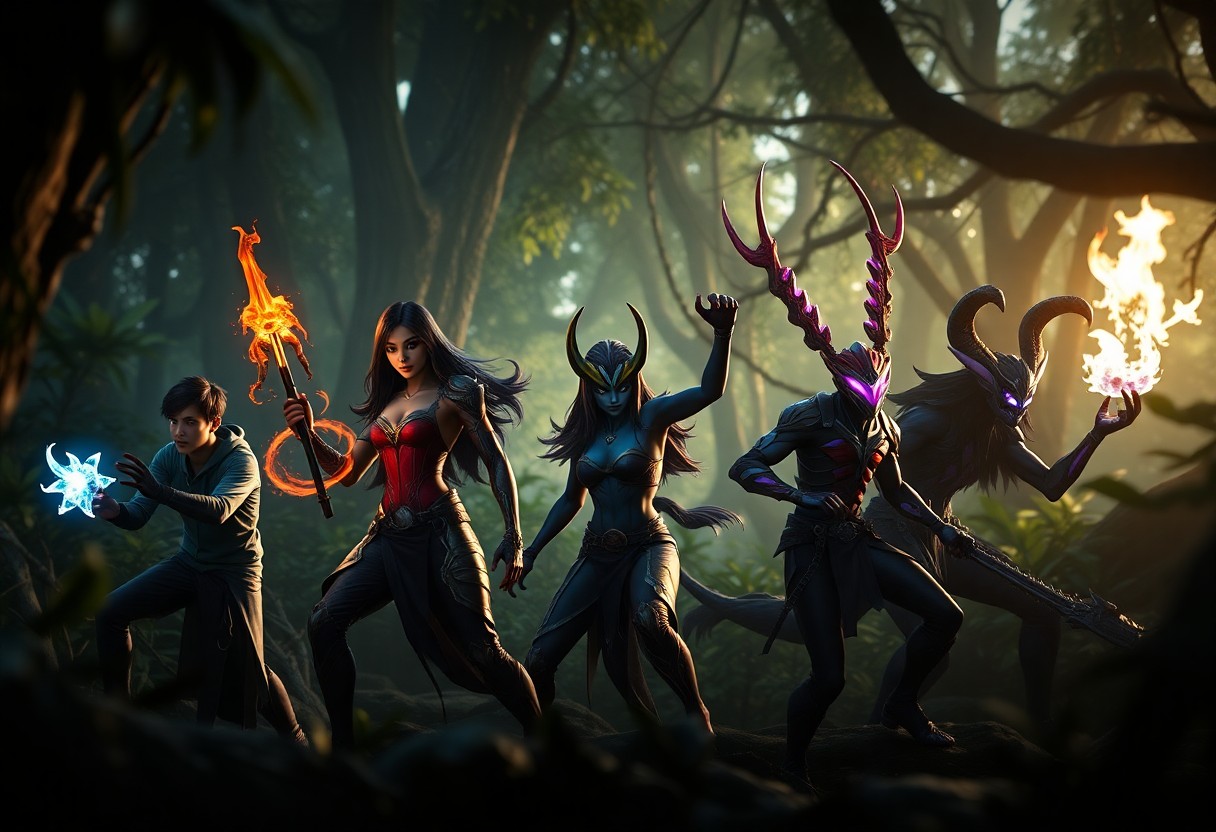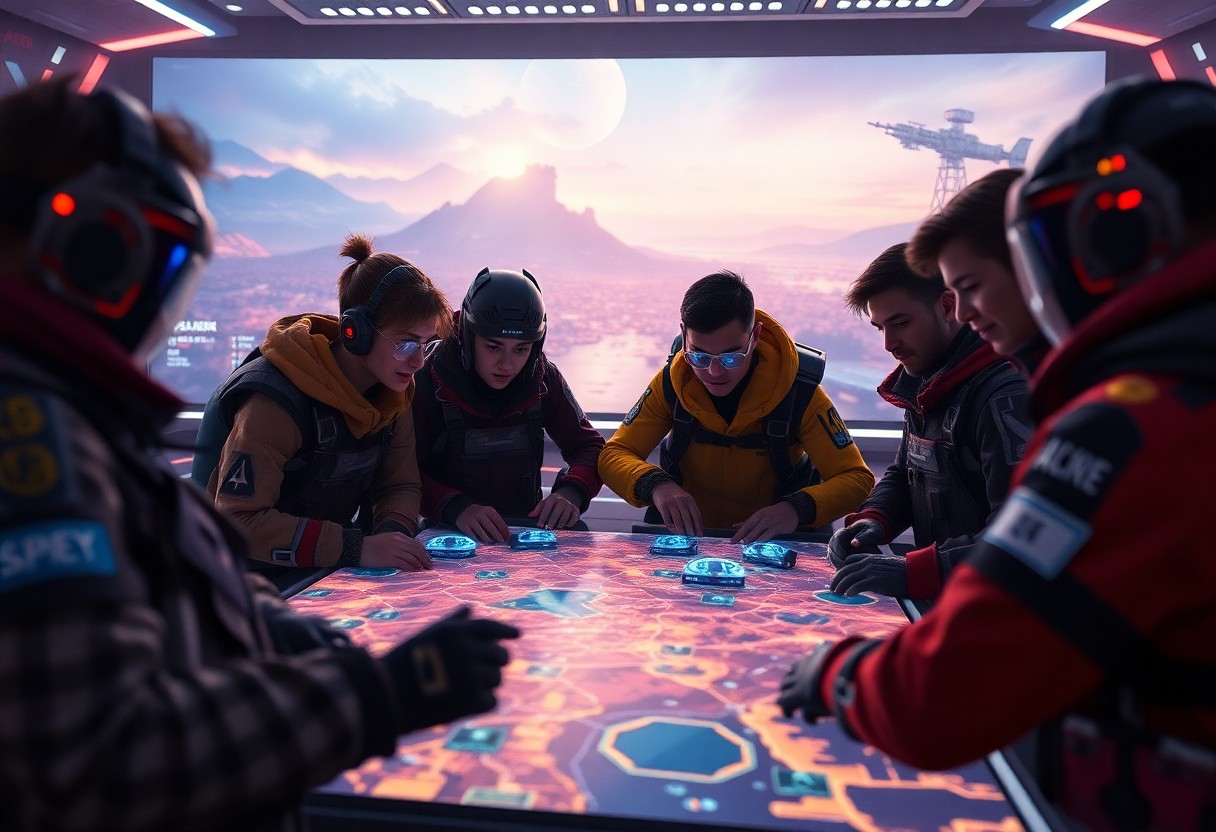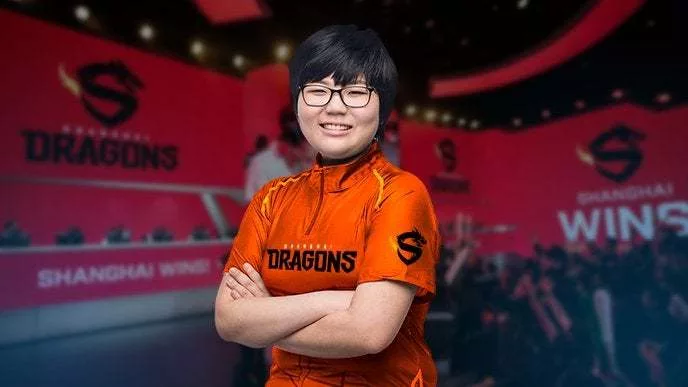Similar to other competitive environments, esports has to deal with controversy. Although it is still a young industry, there have been several major scandals in recent years.
The concept of cheating in competitions is nothing new. In fact, the types of scandals that you can find in the world of Esports are not too different from the ones you can find in traditional sports like soccer or even boxing.
Different disciplines, similar problems
The most common problem is match-fixing. There have been several incidents in various esports games where participants have intentionally lost. The incentive is clear: money. Betting is now closely linked to the esports industry, so match fixing is a real problem.
One particularly high-profile incident was the iBUYPOWER scandal in 2015, in which several CS:GO players intentionally lost games…. And received a game ban as a result. In a thoughtful move, game publisher Valve published the names of those involved and banned them from participating in Valve-sponsored events for life.
Bans from competitions have proven to be the most popular punishment in similar incidents. Most pros, casters, and publishers are extremely vigilant when it comes to uncovering match-fixing scandals.
Is doping a problem?
Perhaps one of the biggest problems in traditional sports is doping. Performance-enhancing drugs are unfortunately widespread, but doping controls are usually very strict. In Esports, that’s not the case. Where in events like the Olympics, Tour de France and the like, doping controls are an absolute norm, in Esports there are little to no controls.
In 2015, this led to a drug-related scandal in the esports industry. In an interview, Kory “Semphis” Friesen casually confirmed that he and his teammates all took Adderall during the ESL tournament they were participating in.
From there, the issue became more public. Other players like Tyler “CalmMentality” Mozingo also admitted to taking performance-enhancing substances. One Esports consultant even reported witnessing a coach administer non-prescription Ritalin (a powerful ADHD drug) to a player.
A series of confessions and reports around this time in 2015 prompted several tournament organizers to partner with anti-doping agencies and implement rules against performance-enhancing drugs. Alcohol, drugs and more were banned and penalties usually took the form of a match ban.
Despite this, few doping controls are still carried out and many incidents are likely to go unpunished. Fortunately, a growing movement of active anti-doping activists is continually working to solve this problem.
(Confusing) sexism in the workplace
While it’s no particular secret that sexism is rampant in the esports industry, it’s fairly rare for it to be explicit in the industry. Such was the case in 2014–at a Hearthstone tournament in Finland.
The rules of a Hearthstone qualifying tournament limited participation to men, which quickly turned into a publicity disaster. This was heavily criticized in and of itself, but it was the response to complaints that made it a real scandal. Instead of backing down or apologizing, a spokesperson for the event said:
“Your information is indeed correct, the tournament is open only to Finnish men. […] Among other things, this is to avoid possible conflicts (e.g. a female player eliminating a male player during RO8).”
In other words, the organizers felt that the possibility of a female eliminating a male was too disruptive to allow. Needless to say, the criticism from players of all genders was harsh. It didn’t take long for the International Esports Federation to change the rules of the event of its entire policy regarding gender segregation.
Mixed-gender tournaments were allowed. In addition to a few women-only events on a smaller scale, though, which led to its own scandal.
A unique scandal
While scandals are generally a bad thing for everyone involved, there are some rare incidents where this is not the case. Back then, Overwatch pro Se-Yeon “Geguri” Kim (the only female player in the entire Overwatch League for two years in a row) was accused of cheating by several other players.
The Korean girl, who was only 17 years old at the time, was (and still is) considered one of the best tank players in the world. On the one hand, she was praised for her incredible accuracy.
From then on, the issue became more and more public. Other players like Tyler “CalmMentality” Mozingo also admitted to taking performance-enhancing substances. One Esports consultant even reported witnessing a coach administer non-prescription Ritalin (a powerful ADHD drug) to a player.
A series of confessions and reports around this time in 2015 prompted several tournament organizers to partner with anti-doping agencies and implement rules against performance-enhancing drugs. Alcohol, drugs and more were banned and penalties usually took the form of a match ban.
Despite this, few doping controls are still carried out and many incidents are likely to go unpunished. Fortunately, a growing movement of active anti-doping activists is continually working to solve this problem.
(Confusing) sexism in the workplace
While it’s no particular secret that sexism is rampant in the esports industry, it’s fairly rare for it to be explicit in the industry. Such was the case in 2014–at a Hearthstone tournament in Finland.
The rules of a Hearthstone qualifying tournament limited participation to men, which quickly turned into a publicity disaster. This was heavily criticized in and of itself, but it was the response to complaints that made it a real scandal. Instead of backing down or apologizing, a spokesperson for the event said:
“Your information is indeed correct, the tournament is open only to Finnish men. […] Among other things, this is to avoid possible conflicts (e.g. a female player eliminating a male player during RO8).”
In other words, the organizers felt that the possibility of a female eliminating a male was too disruptive to allow. Needless to say, the criticism from players of all genders was harsh. It didn’t take long for the International Esports Federation to change the rules of the event of its entire policy regarding gender segregation.
Mixed-gender tournaments were allowed. In addition to a few women-only events on a smaller scale, though, which led to its own scandal.
A unique scandal
While scandals are generally a bad thing for everyone involved, there are some rare incidents where this is not the case. Back then, Overwatch pro Se-Yeon “Geguri” Kim (the only female player in the entire Overwatch League for two years in a row) was accused of cheating by several other players.
The Korean girl, who was only 17 years old at the time, was (and still is) considered one of the best tank players in the world. She was praised for her incredible accuracy on one hand, and accused of aimbotting and cheating by several major players on the other. In this context, she even received death threats.
Blizzard Entertainment, publisher of Overwatch, investigated and found no evidence of this. In the meantime, an open letter was written by some professionals, betting their careers that she was cheating. They promised to quit the industry if it turned out that she was sincere.
In response, she streamed a live game at a Blizzard event, proving that she really was that good. Her two main accusers, Korean players nicknamed “ELTA” and “Strobe,” then withdrew from the game. Geguri’s critics were mostly quieted, and she remains the only female professional player in the OWL to this day.
Although this may seem like a victory for her, it is important to say that it was not. She was subjected to immense stress, anxiety and pressure for something she didn’t do. And it was solely because simply some players refused to accept that a female player could be that good.
Punishing cheaters, whether for match-fixing, doping or the like, remains an important part of fairness in esports. However, the Geguri incident also shows that caution can be the better part of valor and that not all accusations are grounded in reality.
Overwatch
Overwatch is a computer game by Blizzard Entertainment (Diablo 3, World of Warcraft) and a first-person shooter with individual fantasy elements. The game was released in May 2016.
In Overwatch, the player must choose between 21 unique characters, which can be freely selected in a loosely held classification system (offensive and defensive class, support unit and tanks).
A character’s three to four different abilities can be controlled and activated through the mouse and keyboard. The game modes already vary from scoring points to cargo hauling. Team play is required in both modes, as each character takes on a specific role in the battlefield (e.g. heal teammates, provide backup, or secure defensive lines).
The name Overwatch derives itself from a fictional elite military unit that came together when robots tried to subjugate humanity in a near future. Individual characters are associated with this unit in the game, while others oppose it. It is not yet known whether the storyline will continue in multiplayer.
Brawl
Brawl is a game mode in which time-limited rule variations of the well-known modes are drawn. Sometimes completely new game modes are used in Brawls.
Rule variations include, for example, the restriction to certain heroes or classes, changes to the cool-down times or certain cards. New game modes that have been playable so far include a soccer game and a PvE mode.
Usually, Brawls are restarted as Brawl of the Week every Tuesday at 22:00 UTC and are then playable for a week. On certain occasions, such as – Season al events, Brawls may also be playable for a longer or shorter period of time.
The game mode is comparable to the card chaos from Hearthstone and was activated for the first time in the beta phase on March 22, 2016 through a patch.
Actions
- Arcade: More health, shorter skill and ultimate cooldowns, and faster resurrection after death.
- Girl Power: Female heroes only.
- Head’s Up!: McCree, Genji, Hanzo, and Widowmaker. Only head hits count.
- High Noon: High Noon on Route 66, only head hits with McCree count.
- Highly Offensive: Only offensive heroes. Limit is two of the same hero per team.
- Junkenstein’s Revenge: Soldier, Hanzo, Ana, Mc Cree only (1 each). The first co-op PVE mode in Overwatch. Part of the – Season al event Halloween Horror.
- Justice rains from Above: Only Mercy and Pharah playable.
- Moba Watch: Only unique heroes per team. No hero switching allowed.
- Mystery Heroes: Upon death, you will be resurrected as a randomly selected Hero.
- Overly Defensive: Only defensive heroes. Limit is two of the same hero per team.
- Show Your Support: Support Heroes only. The limit is two of the same Hero per team.
- Super Shimada Bros: Welcome to Hanamura. Only Hanzo and Genji are playable. Shorter skill cooldowns, longer ultimate cooldowns.
- Tanks A Lot: Tank heroes only. Limit is two of the same hero per team.
- The Good, the Bad and the Ugly: Only McCree, Reaper and Roadhog playable.
- We’re all Soldiers now: Only Soldier: 76 playable on control cards.
- Lucioball: Lucio only: Soccer mode, 3 vs 3.
- Yeti Hunt: Five meis against a yeti that has the characteristics of Winston.
OverwatchPlayers, OverwatchLeague, Heroes&WIKI, OverwatchLeagues, OverwatchPlayer, OverwatchTeam, OverwatchTeams,




